Above: Rectangular strips of lighter vegetation are a common sight across the moorlands above the Goyt Valley. They’re areas that have been cut back to encourage new plant growth for young and nesting grouse.
A recent announcement by United Utilities that they won’t be renewing permission for grouse shooting within the Goyt Valley when it expires some time before 2027 is causing quite a stir.
The company say that ending the management of the land to support grouse will allow the landscape to return to its natural state – which will improve water quality in the twin reservoirs of Errwood and Fernilee.
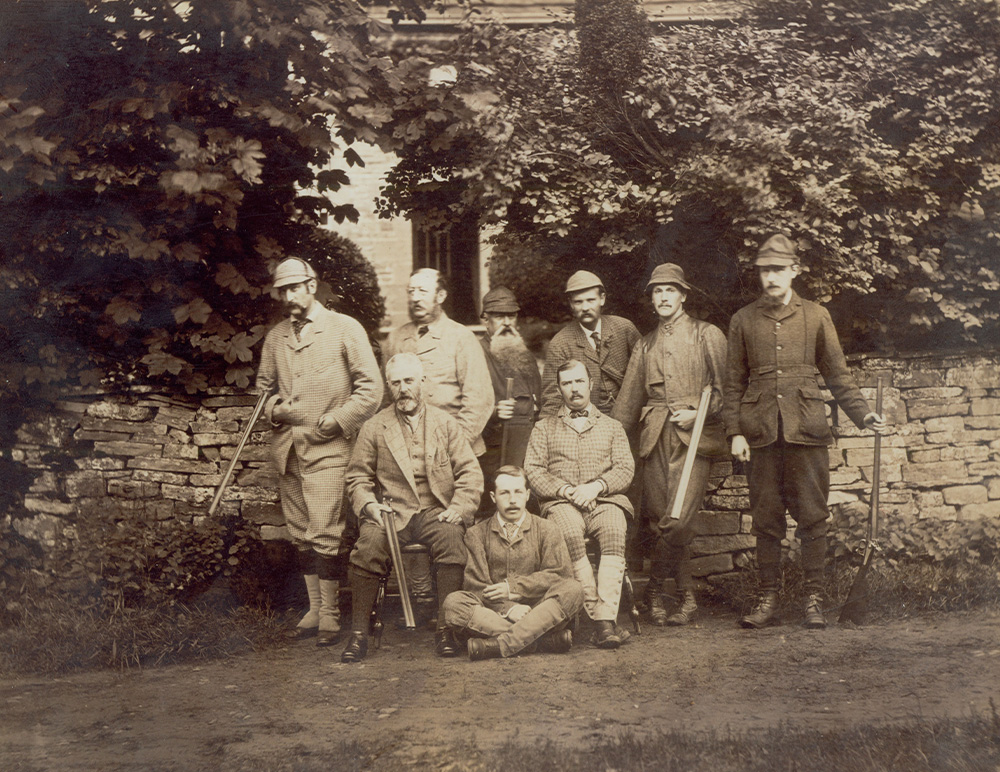
Above: An annual shooting party hosted by Samuel Grimshawe’s nephew, Francis Gaskell (second from right), pictured outside Errwood Cottage in 1887. (Click for more photos.)
This announcement will end a sporting tradition that has taken place on the estate since it was purchased by the Grimshawe family in 1832 – and possibly well before. I’m not entirely sure, but I think the shooting rights are currently leased from UU by the Earl of Derby.
The reaction from most people seems to be positive, welcoming a move towards biodiversity. But it’s interesting to read the views of Richard, who has 15 years’ experience working on the Goyt Moors, initially as the moorland gamekeeper for the Earl of Derby and then Conservation Manager, before leaving last year. He posted this explanation on the Goyt Valley Facebook page:
Against the ban…
The shooting tenants, UU and the new farming tenants have worked tirelessly in addressing the complexities and jointly entered into a Higher Level Stewardship Scheme, which included historical grip (drainage channels) reprofiling, sphagnum inoculation, wildfire mitigation, targeted predator control, anti social behaviour policing, red listed species monitoring and recorded increases over many years.
There is nobody that wishes the Goyt moors to flourish more than myself. There is nobody prouder than myself in seeing fledging numbers of curlew increase from just two pairs when I started to the 11 pairs two years ago, not to mention the golden plover, snipe, stonechat, whinchat and short eared owls under my watch and, importantly, with a grouse-shooting interest.
Whilst some may see the reported cessation of the shooting tenant being a force for good, I would suggest you only have to look to see what has happened in other areas such as South West Scotland and Wales which once had abundant wildlife diversity, and important fledging success, but due to the stopping of the shooting interest is now in a poorer state (importantly the declines start when keepers stop actively managing the moors).
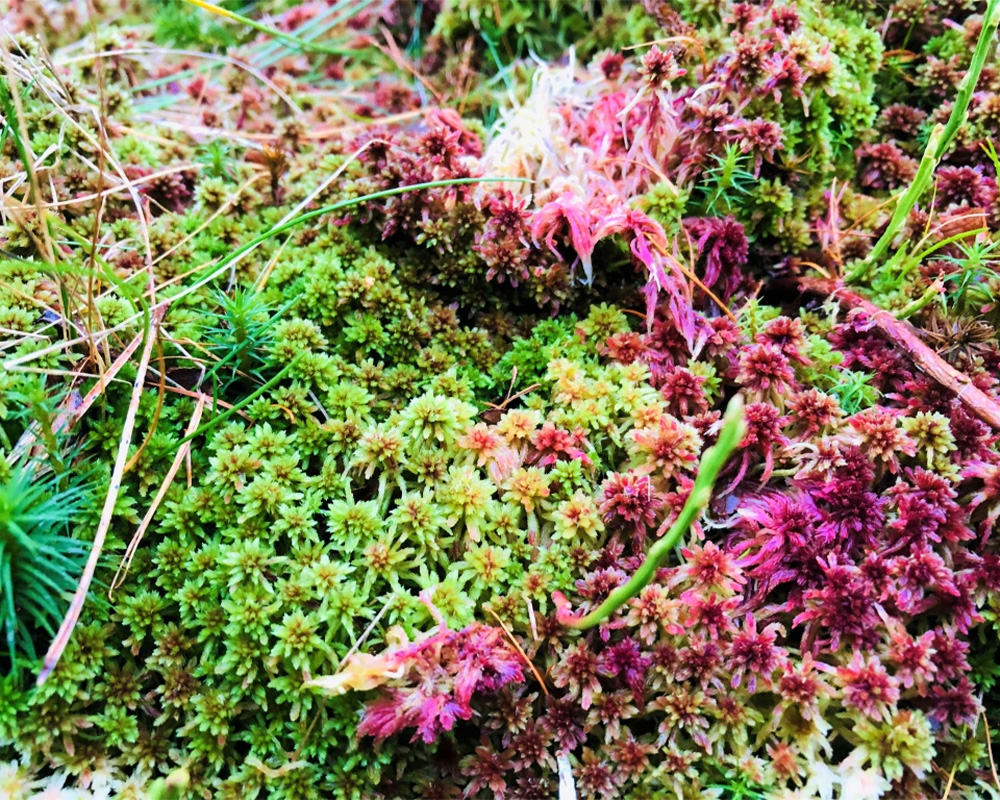
Above: By no longer managing the land for the benefit of grouse, UU hopes it will encourage shapgnum bog mosses such as these which both help hold water and prevent downstream flooding and upstream wildfire.
For the ban…
There’s lots of information in support of UU’s decision on this page from an organisation called Raptor Persecution UK which campaigns for the protection of birds of prey. The page includes a number of links. The last one comes from UU and provides quite a detailed response to the criticisms:
- 24th July 2023: Countryside Alliance furious about United Utilities’ decision to stop grouse shooting leases.
- 28th July 2023: Emails of support for United Utilities’ decision not to renew shooting leases.
- 30th July 2023: United Utilities stands firm & explains its decision not to renew shooting licences.
It will be interesting to see whether the advantages of banning shooting in the valley outweigh the disadvantages. My concern is whether UU will be willing and able to perform the tasks previously done by people like Richard. Time will tell…
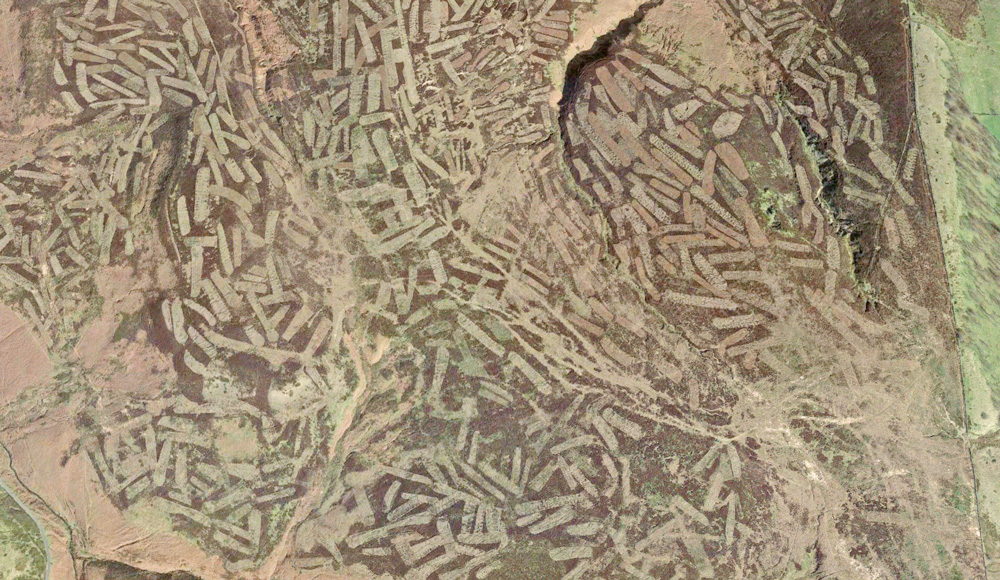
See Gill’s comment below…
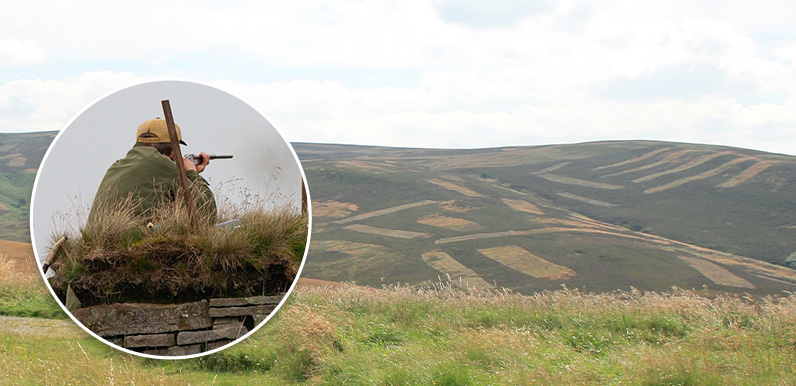
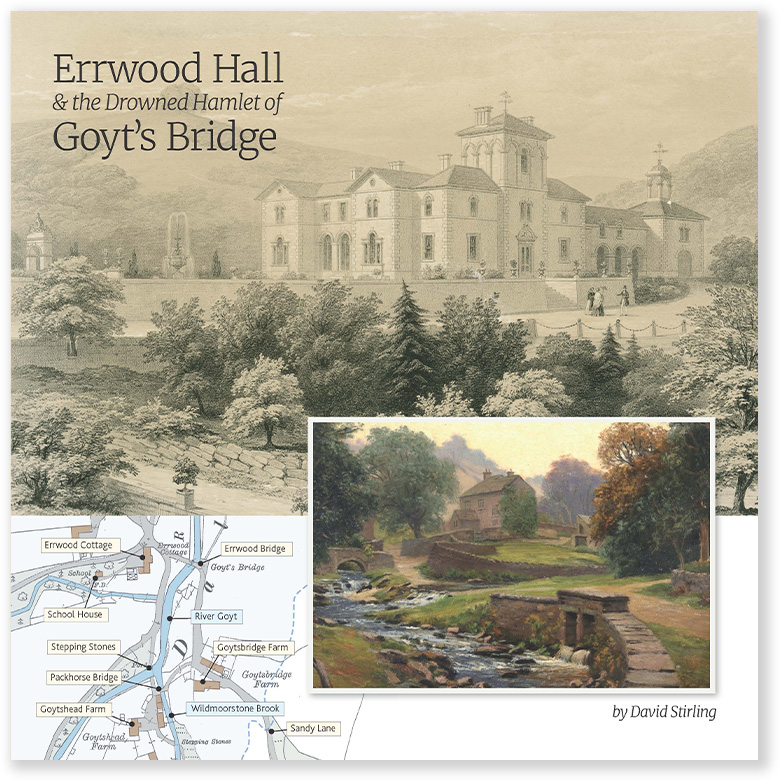
The areas of lighter colour on the images are not areas cut for grouse production but for vegetation removal and management to reduce fire risk, create fire breaks and facilitate the replanting of sphagnum moss.
Gill is right. It has an influence on this and it creates a series of levels so then chicks can eat various insects to the thicker levels for shelter. If this was not done the heather will go woody and in a terrible condition affecting various flora and fauna of the moorland area.